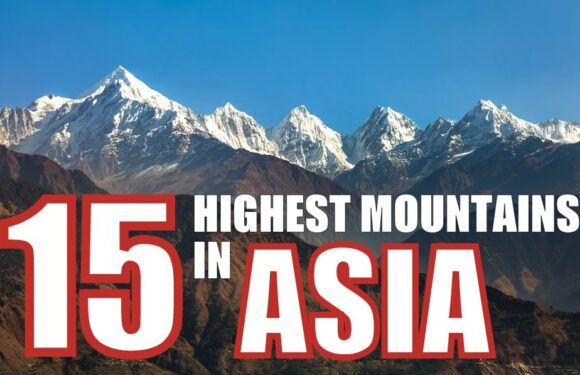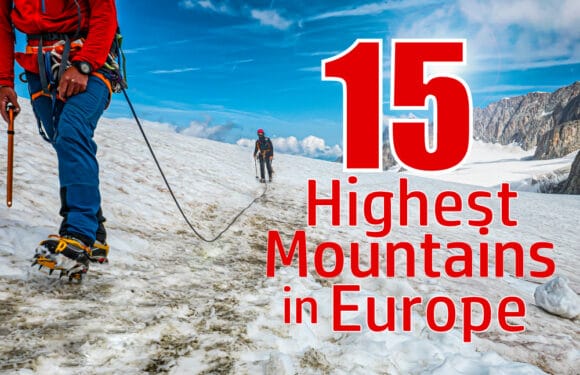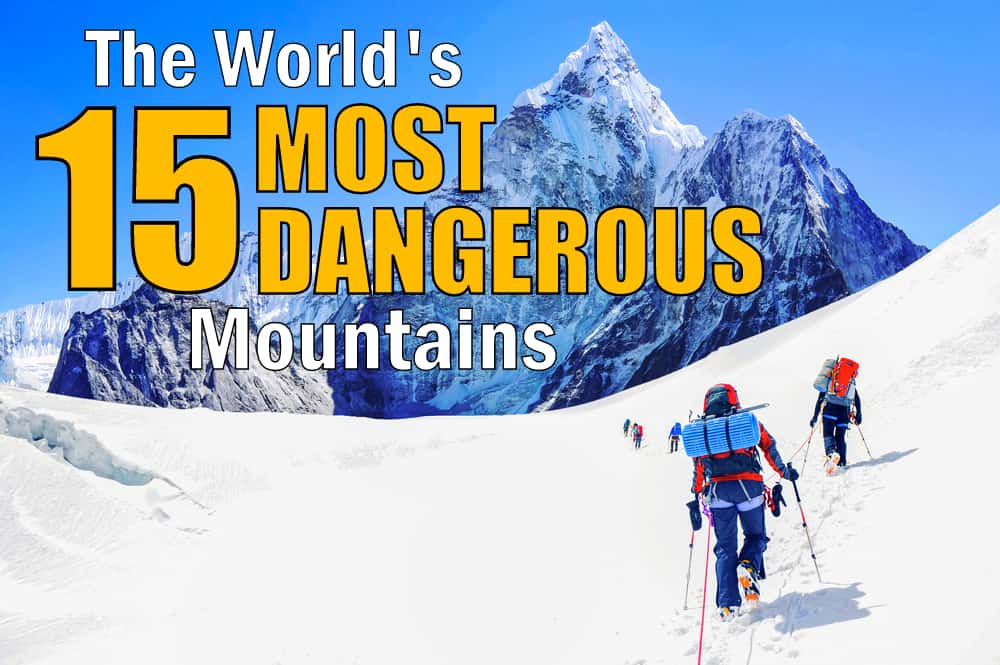
Mountains have always fascinated and challenged humanity, beckoning explorers and adventurers to conquer their lofty peaks. However, among these majestic giants lie some of the most dangerous and treacherous terrains on Earth. Measuring a mountain’s difficulty is complex, but one critical metric is the fatality rate – the ratio of deaths to successful summits.
This article explores the deadliest mountains in the world to climb based on their fatality rates, shedding light on the inherent risks faced by mountaineers who dare to scale these unforgiving heights.
THE MOST DANGEROUS MOUNTAINS TO CLIMB
1. Annapurna (8,091 meters / 26,545 feet) – Nepal
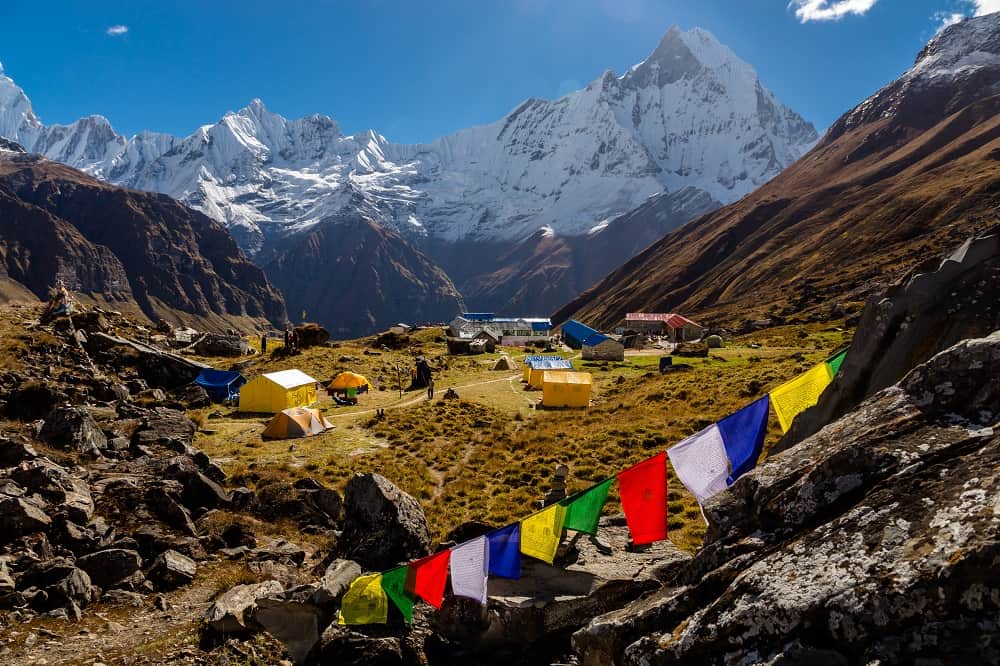
Annapurna is the deadliest mountain in the world to climb. With a fatality rate of around 32%, Annapurna’s sees approximately 32 deaths per 100 successful summits. The mountain’s treacherous south face poses significant challenges, including avalanches and difficult ice and rock sections. The unpredictable weather and high-altitude hazards contribute to its notoriety as the deadliest peak in the world.
2. K2 (8,611 meters / 28,251 feet) – Pakistan/China Border
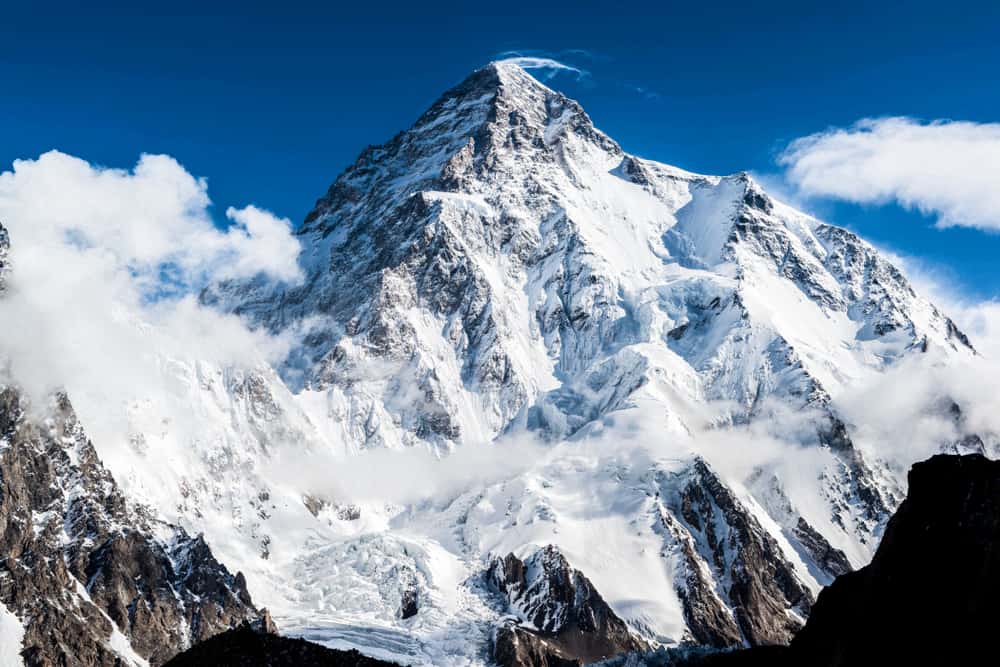
As the second-highest mountain on Earth, K2 boasts a notorious reputation as the “Savage Mountain.” Its fatality rate is around 23 deaths per 100 successful summits. K2’s death zone is particularly perilous, and its unpredictable weather, constant rockfalls, and difficult climbing sections contribute to its high mortality rate.
3. Nanga Parbat (8,126 meters / 26,660 feet) – Pakistan
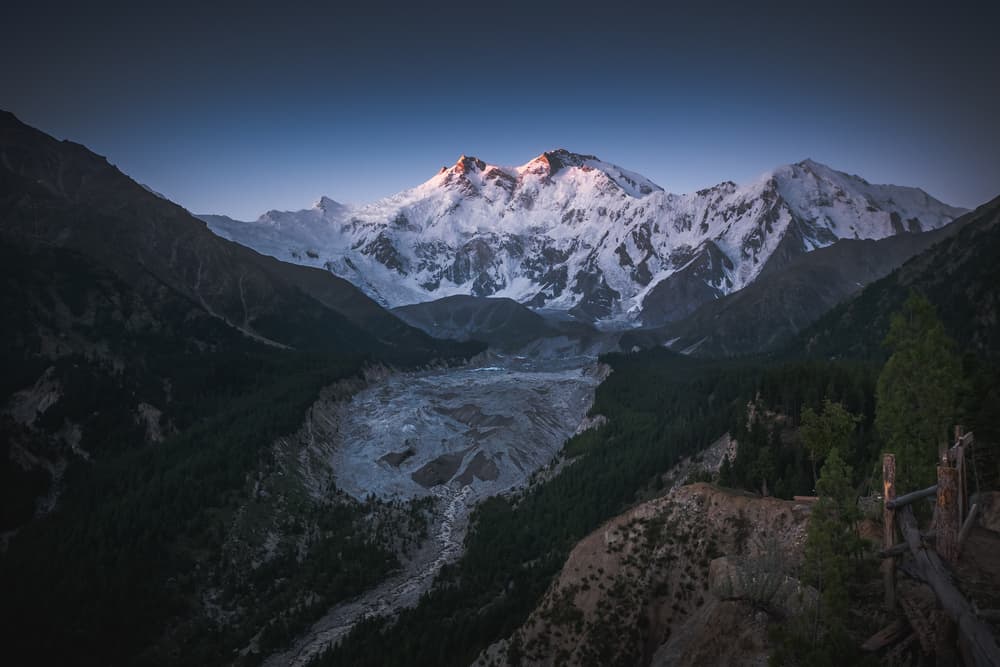
Known as the “Killer Mountain,” Nanga Parbat’s fatality rate is approximately 21 deaths per 100 successful summits. Its high death toll is attributed to its steep and challenging terrain, including the infamous Diamir Face. Unstable weather conditions and frequent avalanches have claimed the lives of numerous climbers attempting to conquer this formidable peak.
4. Dhaulagiri (8,167 meters / 26,795 feet) – Nepal
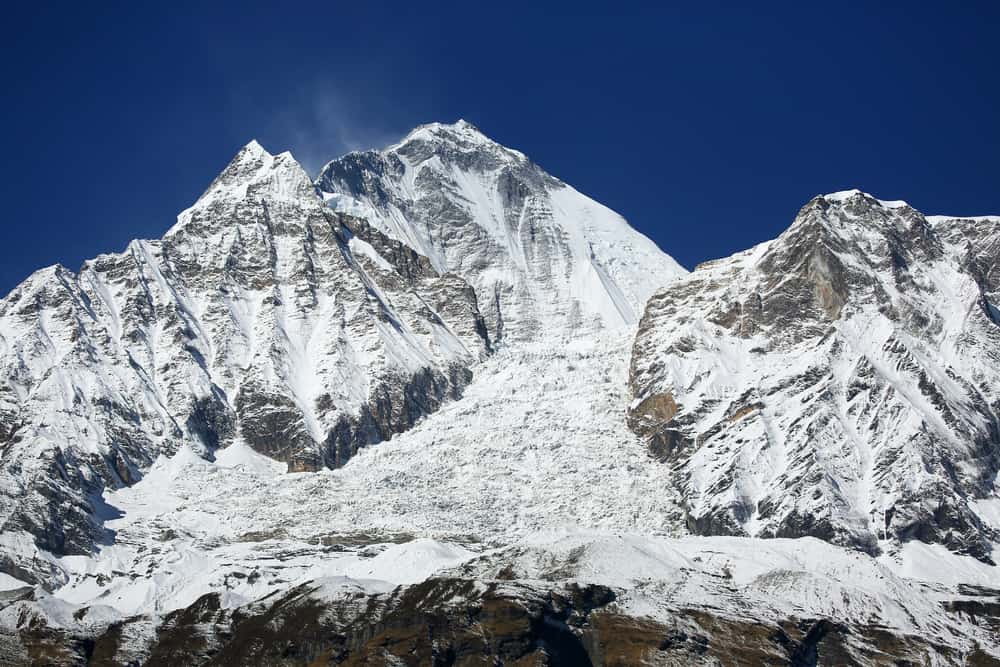
Dhaulagiri’s fatality rate stands at around 16 deaths per 100 successful summits. The mountain is known for its unpredictable weather, steep icefalls, and challenging technical sections. It demands a high level of climbing proficiency and endurance, making it a formidable and dangerous peak.
5. Kangchenjunga (8,586 meters / 28,169 feet) – Nepal/India Border
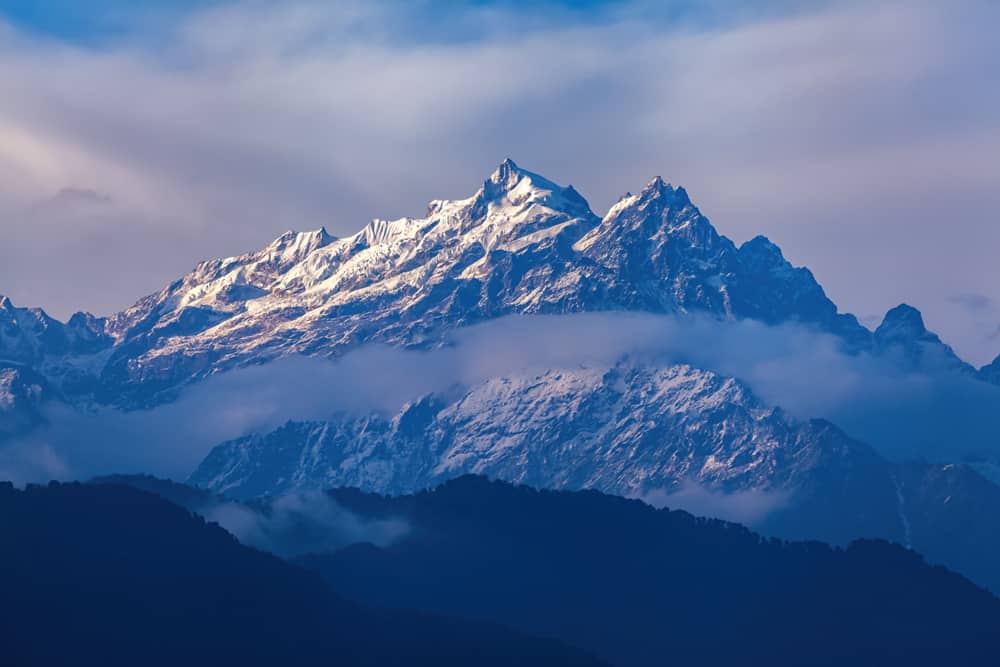
As the third-highest peak in the world, Kangchenjunga’s fatality rate hovers at approximately 15 deaths per 100 successful summits. The mountain’s isolation, extreme weather, and avalanche-prone slopes pose significant challenges to climbers, contributing to its high mortality rate.
6. Makalu (8,481 meters / 27,825 feet) – Nepal
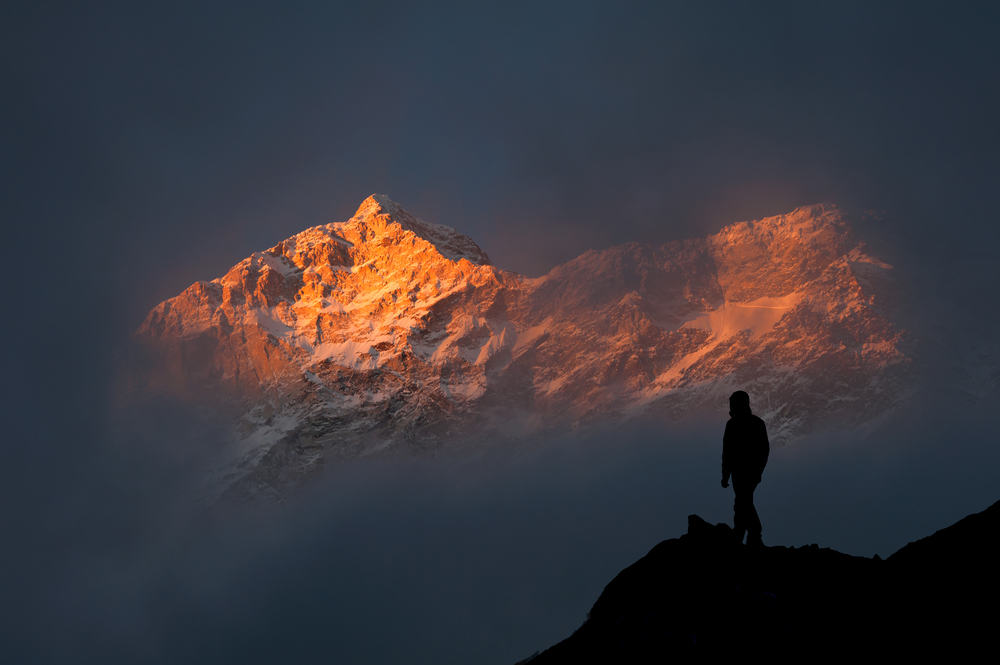
Makalu is the fifth-highest mountain in the world, located in the Himalayas on the border between Nepal and China (Tibet). The four-sided pyramid-shaped peak has a fatality rate of about 14 deaths per 100 successful summits. Scaling Makalu is a technically challenging and dangerous due to harsh weather conditions, extreme cold, high winds, avalanche risks, crevasse dangers, and steep and exposed terrain.
7. Gasherbrum I (8,080 meters / 26,509 feet ) – Pakistan
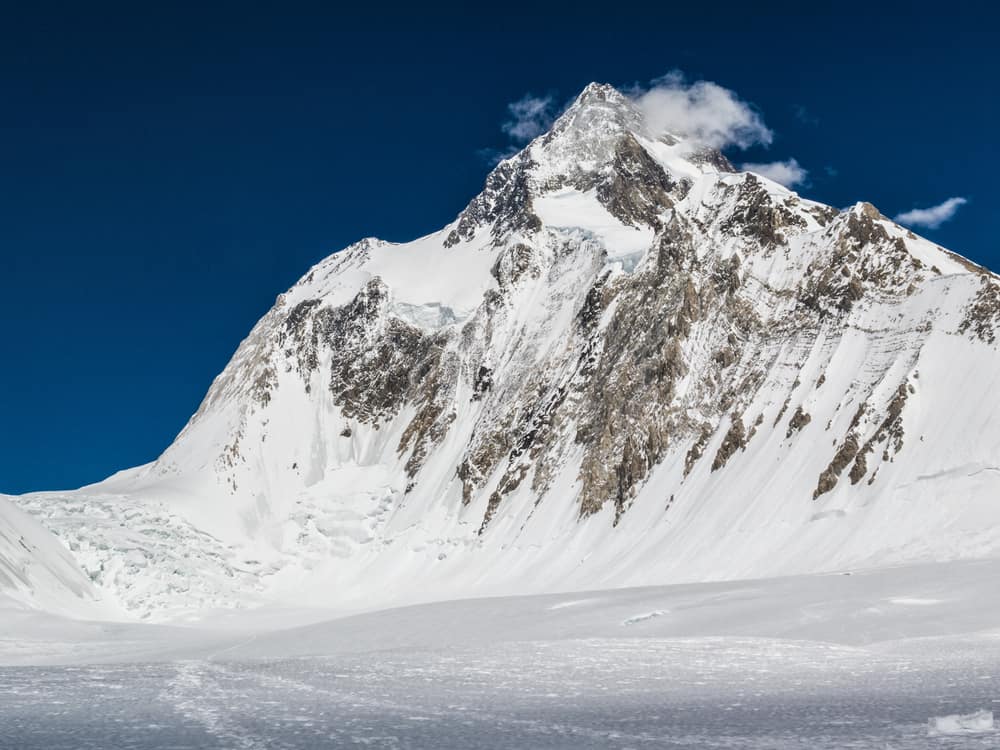
Gasherbrum I, also known as Hidden Peak or K5, is the highest and most prominent peak in the Karakoram range of the Himalayas. It is the 11th highest mountain in the world. The name “Gasherbrum” is of Balti origin, meaning “Beautiful Mountain.” The peak has a fatality rate of about 10 deaths per 100 successful summits.
8. Gasherbrum II (8,035 meters / 26,362 feet) – Pakistan/China
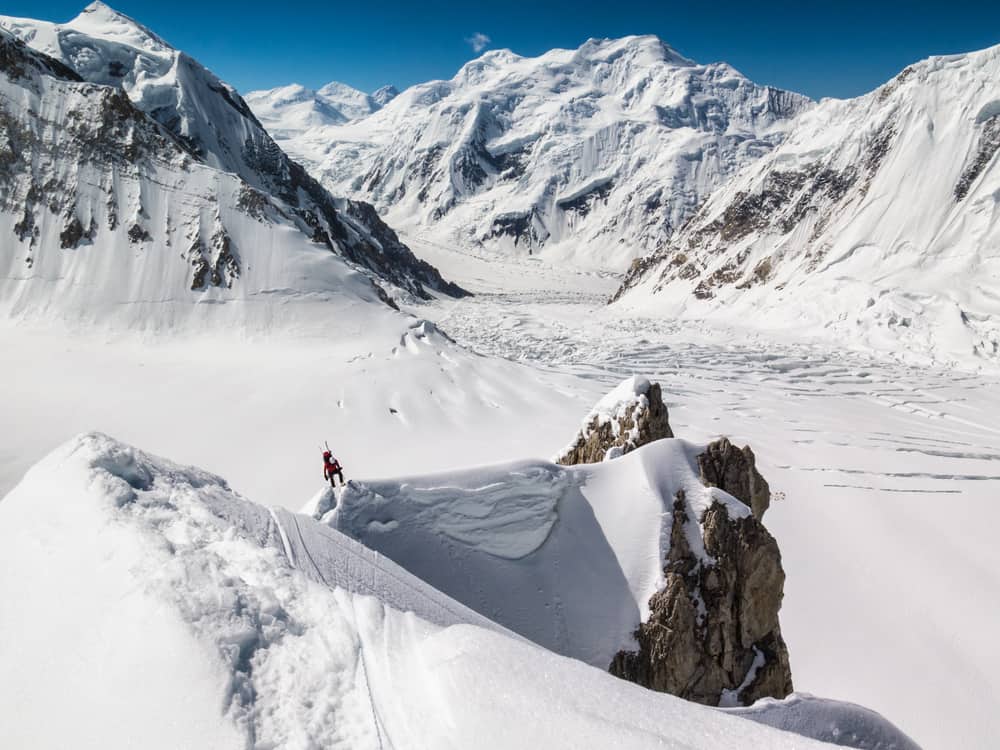
With a fatality rate of about 10 deaths per 100 successful summits, Gasherbrum II, also known as K4, holds the 8th spot on our list. Situated in the Karakoram range, Gasherbrum II features difficult ice and rock sections, crevasses, and avalanche-prone slopes. Climbers attempting this peak must contend with extreme cold and high-altitude hazards.
9. Denali (6,190 meters / 20,310 feet) – USA
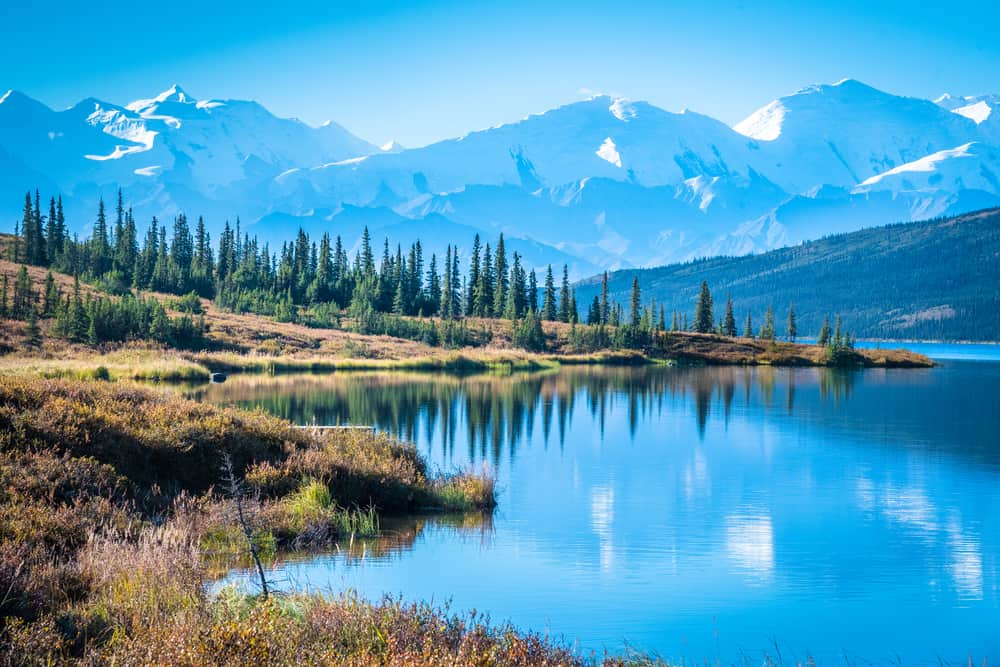
Denali, the highest peak in North America, has a fatality rate of around 9 deaths per 100 successful summits. While its height might be less imposing than other mountains on this list, it presents extreme cold, fierce storms, and technical difficulties, making it a formidable and hazardous climb.
10. Annapurna II (7,937 meters / 26,040 feet) – Nepal
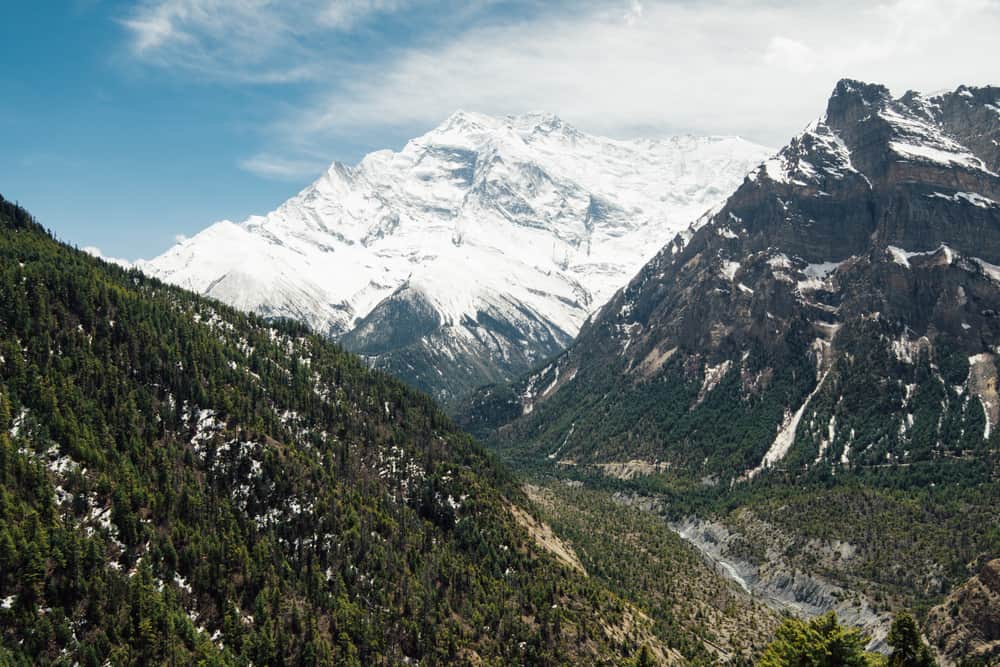
Annapurna II, the 16th highest mountain in the world, has a fatality rate of around 9 deaths per 100 successful summits. Although it ranks lower in elevation compared to other eight-thousanders, Annapurna II’s technical climbing challenges and unpredictable weather contribute to its reputation as a difficult and dangerous mountain.
11. Manaslu (8,163 meters / 26,781 feet) – Nepal
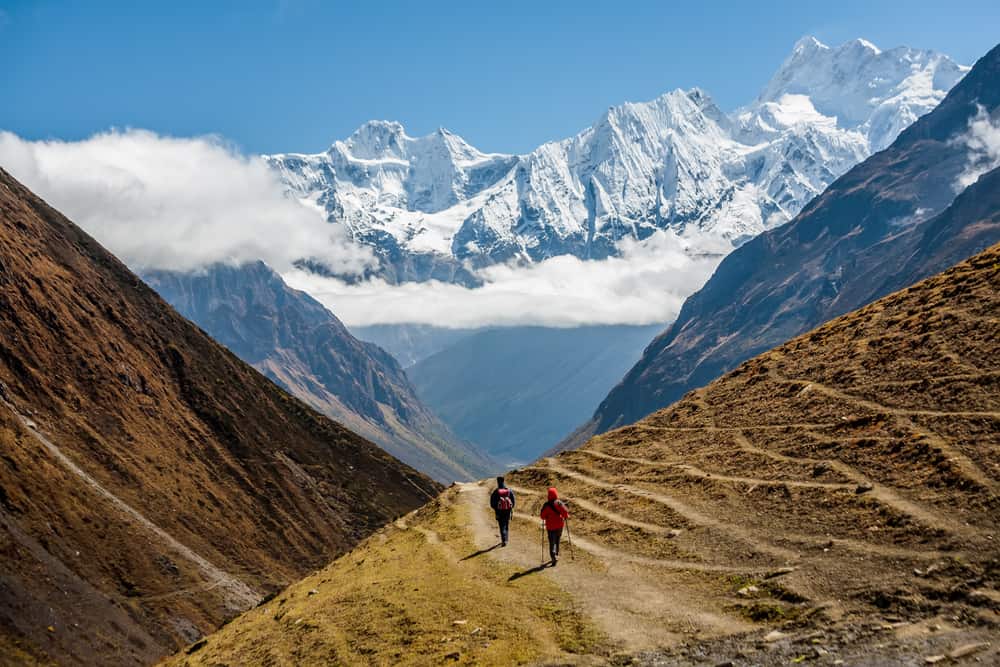
Manaslu, the 8th highest mountain globally, has a fatality rate of approximately 9 deaths per 100 successful summits. The mountain is known for its steep and avalanche-prone slopes, particularly the “Manaslu Serac,” which is notorious for its risk. The technical difficulties and extreme weather conditions add to the risks faced by climbers.
12. Shishapangma (8,027 meters / 26,335 feet) – China
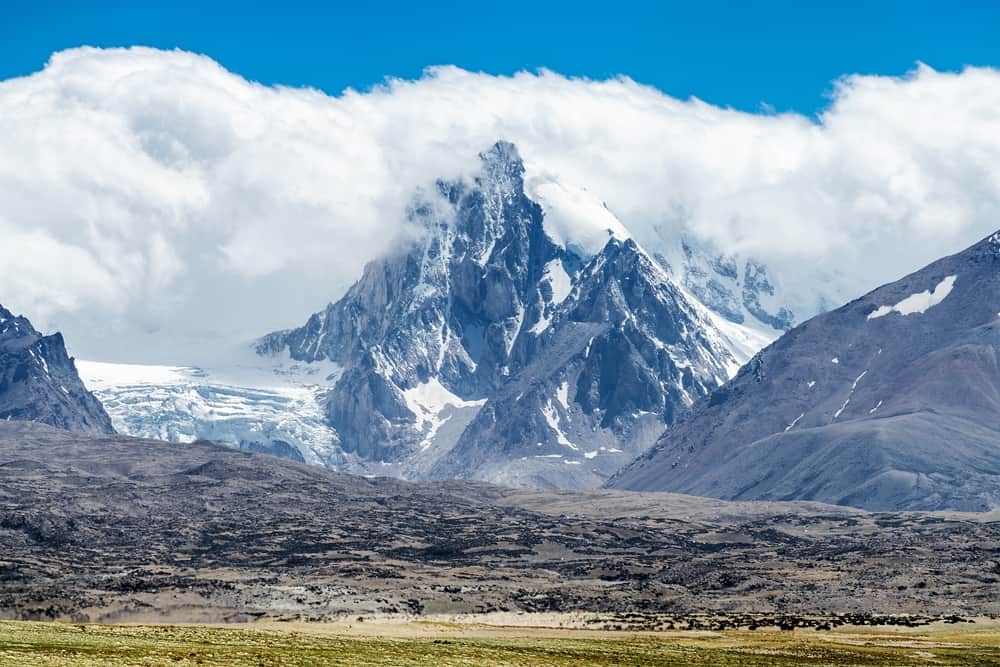
Shishapangma, also known as Xixabangma, is the 14th highest mountain in the world. Located in the Tibetan region of China, Shishapangma was the last of the eight-thousanders to be summited. The first successful ascent occurred in 1964 by a Chinese expedition led by Xu Jing. The mountain has a fatality rate of almost 9 deaths per 100 successful summits.
13. Broad Peak (8,051 meters / ) – Pakistan
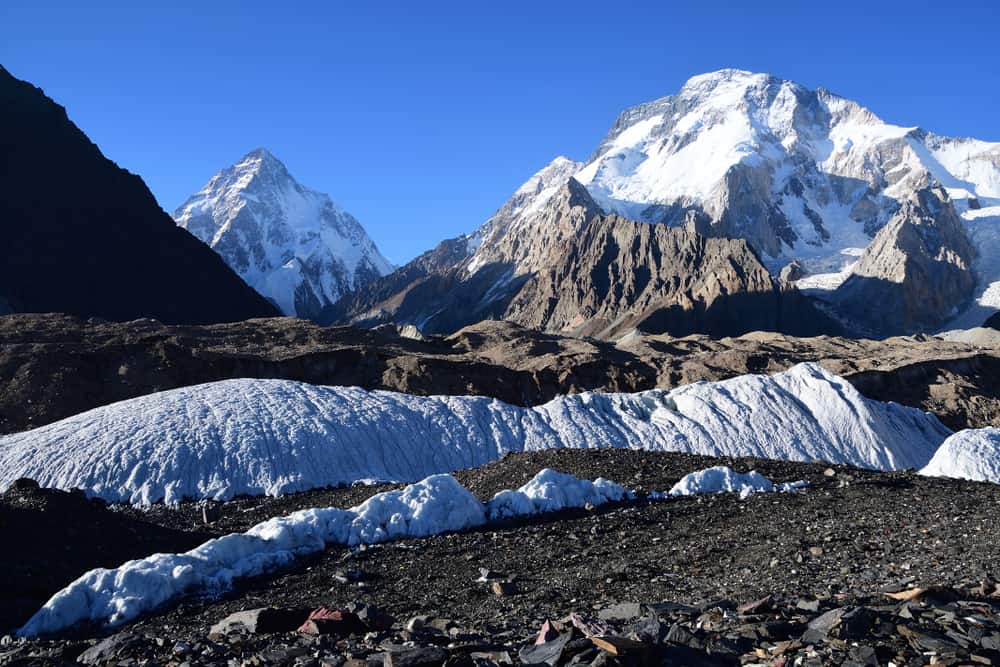
Broad Peak, also known as K3, is one of the world’s fourteen eight-thousanders, located in the Karakoram mountain range in Pakistan. The mountain has a fatality rate of about 8 deaths per 100 successful summits. Broad Peak is the 12th-highest mountain in the world and presents challenging technical climbing sections, particularly along its West Ridge. The mountain’s unstable weather and high-altitude environment contribute to its reputation as one of the world’s most dangerous peaks.
14. Mount Huascarán (6,768 meters / 22,205 feet) – Peru
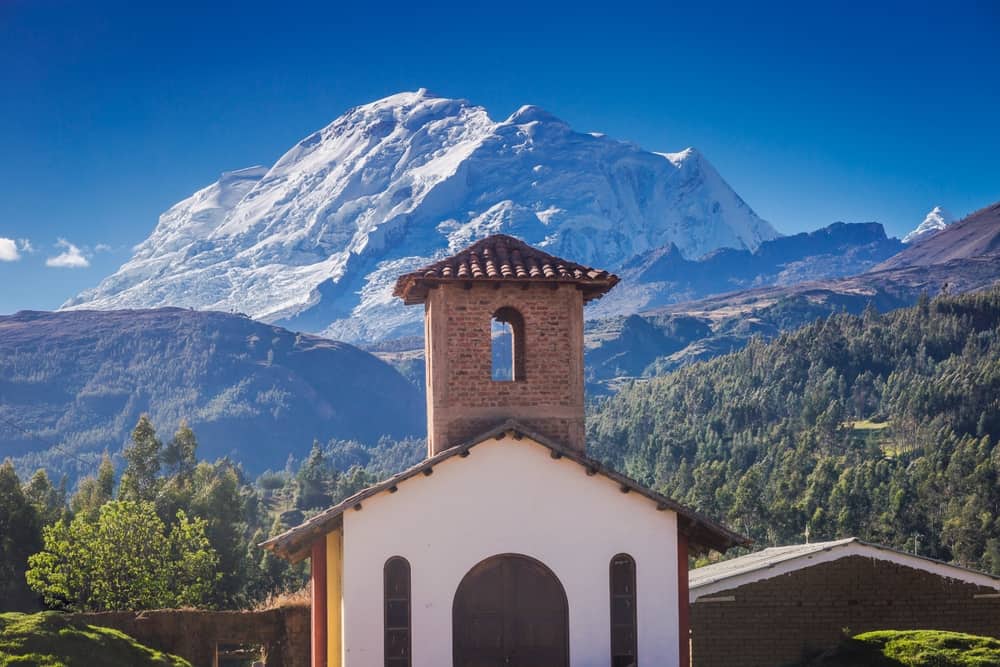
Mount Huascarán in Peru has a fatality rate of around 8 deaths per 100 successful summits. The mountain’s steep terrain and glacier instability create hazards for climbers. Avalanches and rockfalls are common, posing significant risks to those attempting to conquer this peak.
15. Everest (8,848 meters / 29,029 feet) – Nepal/China
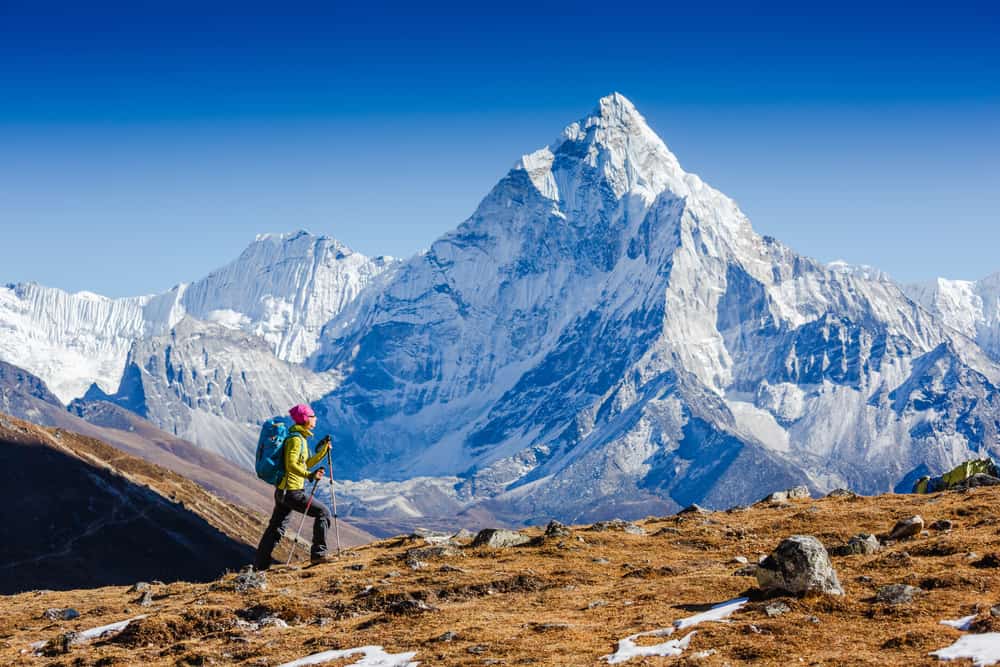
While Mount Everest captures global attention for being the tallest peak on Earth, it ranks relatively lower in terms of fatality rate at approximately 6.5 deaths per 100 successful summits. Despite this, Everest is not to be underestimated. Climbers face extreme cold, fierce winds, and a harsh environment in the death zone, leading to fatalities even among experienced mountaineers. There are more than 200 dead bodies that still remain on Everest.
How Does Mount Kilimanjaro Compare?
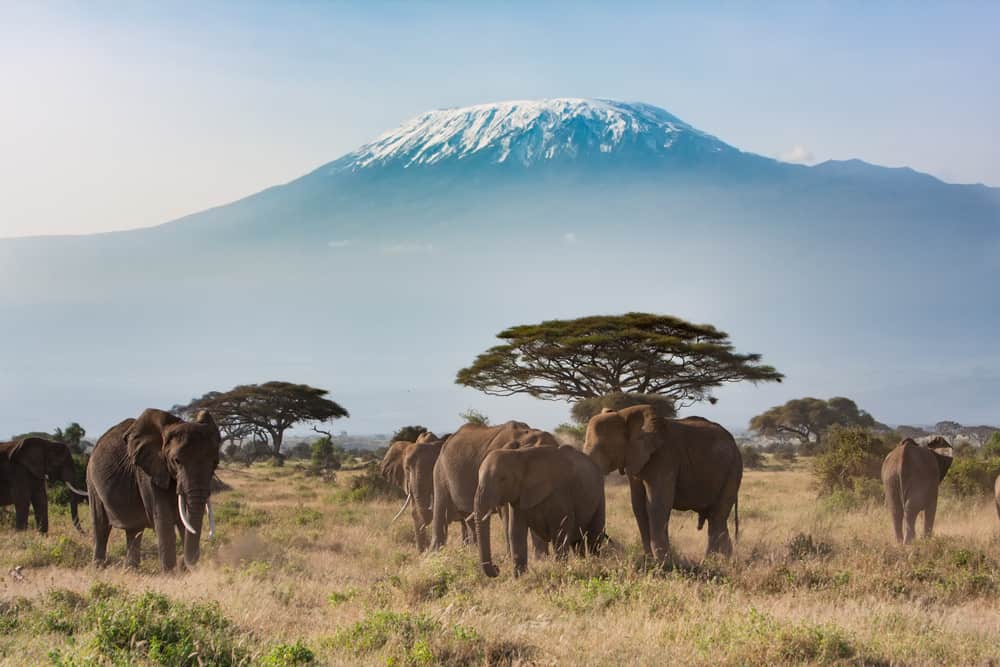
Although Kilimanjaro is a very tall mountain (5,895 meters, 19,341 feet), it does not pose the danger that the other peaks mentioned in this article do. No technical climbing is required to reach the summit of Kilimanjaro. There are no areas where falling off a cliff is a legitimate threat. There are no crevasses to navigate. So there is no need for ropes and harnesses.
The most common cause of death on Kilimanjaro is acute mountain sickness.
In a study conducted in 2004, researchers reviewed the deaths of tourists who were climbing Kilimanjaro over an eight year time span. They found that the overall mortality rate was just 13.6 per 100,000 climbers, or 0.0136% death rate.



















































